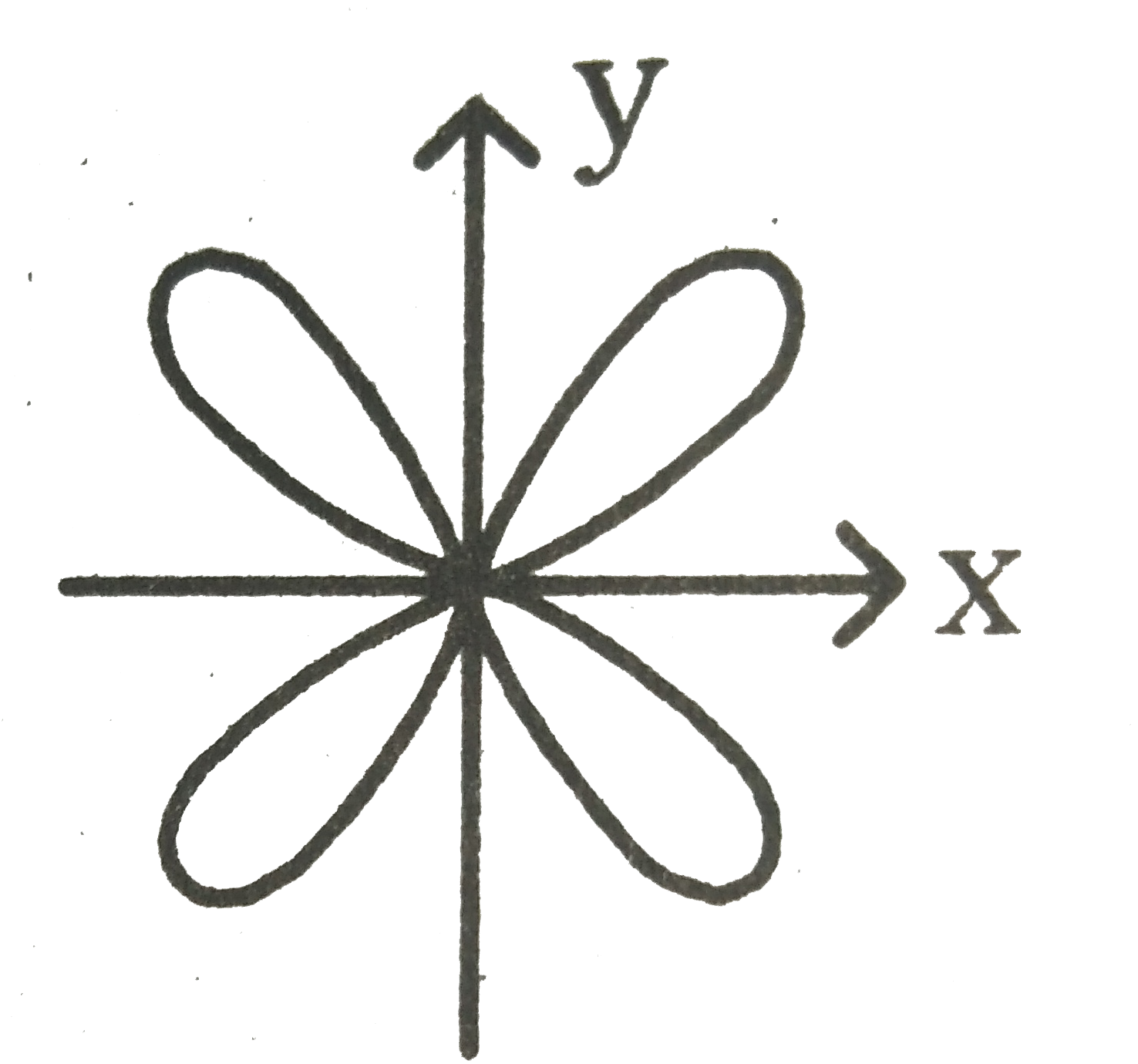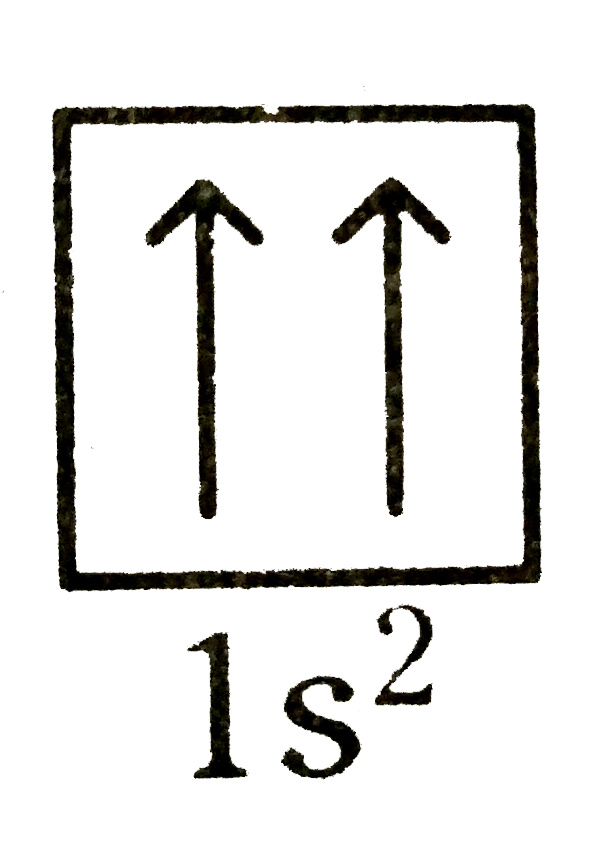Complete Solutions to CREATIVE QUESTIONS FOR NEW MODEL EXAMINATION ( SECTION - I 1/2 MARK QUESTIONS) of chapter STRUCTURE OF ATOM of Class 10 book with complete answers and questions
| Class 10 | CHEMISTRY |
| Chapter | STRUCTURE OF ATOM |
| VGS PUBLICATION-BRILLIANT | CREATIVE QUESTIONS FOR NEW MODEL EXAMINATION ( SECTION - I 1/2 MARK QUESTIONS) |
| Number Of Questions | 96 |
| Academic Year | 2023-24 |
Write about sub atomic particles.
View SolutionWhat is the speed of visible light ?
View SolutionWhat is the distance between two continuous wave peaks in a wave ?
View SolutionWhat is the number of wave peaks that pass by a given point per unit time?
View SolutionWhat are the units for frequency ?
View SolutionWhich is expressed by `(c)/(lambda)` ?
View SolutionWrite a relation between wavelength `(lambda)` , frequency (upsilon)` and speed of wave (c).
View SolutionHow is wavelength of a wave changes as its frequency increases ?
View SolutionHow do you call the entire range of electromagnetic wave frequencies ·
View SolutionWrite one example to visible natural spectrum.
View SolutionArrange the following type of radiation in increasing order of frequency :
(a) X- rays (b) visible radiation (c) microwave radiation and (d) radiation from radio waves .
View SolutionWhat is the range of wavelength of visible light rays?
View SolutionWhich of the following has shortest wavelength ?
A) Cosmic rays B) `gamma` rays C) Microwave rays
View SolutionSelect the correct answer.
'Electromagnetic energy can be gained or lost in the manner of .... ' .
a) continous b) discrete
View SolutionWhat is the value of Planck's constant
View SolutionHow much energy (E) can be released or obsorbed by a electromagnetic wave with the frequency 'u' ?
View SolutionHow does energy of a wave changes as its wavelength decreases or frequency increases?
View SolutionWhich colour do you observe, when cupric chloride burns in a non:-luminous flame?
View SolutionWhich colour do you observe, when strontium chloride burns in a non-luminous flame?
View SolutionDo you observe yellow light in street lamps? Which will produce yellow light?
View SolutionWhat is the use of a line spectra?
View SolutionWhich is used to identify unknown atoms ?
View SolutionDoes the electron retain the energy at excited state forever ?
View SolutionMatch it .
`{:(" a) Electron jumps from ground state to excited " ,, " (i) absorption spectrum "), (" b) Electron jumps from excited state to ground state " ,, " (ii) emission spectrum "):}`
View SolutionIt is a successful model as far as line spectra of hydrogen atom. But it is failed to account for splitting of line spectra. Which model it is ?
View SolutionWho introduced elliptical orbits ?
View SolutionHow many elliptical orbits are added to Bohr's first circular orbit by Sommerfeld ?
View SolutionWhich model successfully explained fine line structure of hydrogen atomic spectra?
View SolutionWhich of the following atomic model did not explained the fine line spectra of atoms of more than one electron ?
View SolutionWho developed quantum mechanical model of atom ?
View SolutionWhat do we call the region of space where the electron might be, at a given time ?
View SolutionWhere do you find electron in an atom ?
View SolutionWhich numbers indicate the probability of finding the electron in the space around the nucleus?
View SolutionThe quantum number which explains about size and energy of the orbit or shell is
View SolutionWhat are the values of principle quantum number 'n' ?
View Solution
If 'n' increases the shells become larger, from the above data answer the following.
Which shell very closure to the nucleus ?
View Solution
If 'n' increases the shells become larger, from the above data answer the following.
What is the principle quantum number of shell N ?
View SolutionWrite the range of' l' values for each value of 'n'
View SolutionWhich quantum number represents sub-shell ?
View SolutionWhich quantum number represents sub-shell ?
View SolutionName the sub-shell if l = 2.
View SolutionName the sub-shell if l = O.
View SolutionName the orbital for n = 1 and l = O.
View SolutionHow many sub-shells can exist in the main shell n = 2 ?
View SolutionWhat is the value of angular momentum quantum number for 'f' ?
View SolutionWhat is the maximum value of l for n = 4 ?
View SolutionHow many values can l have for n = 4 ?
View SolutionWhat is the maximum value of 'l' for 'n' ?
View SolutionHow many integer values exists for a certain value of 'l' ?
View SolutionWhich quantum number describes the orientation of the orbital in space ?
View SolutionHow many orientations can 's-orbital' exhibit ?
View SolutionWhat is the m 1 value for s-orbital ?
View SolutionName the m 1 values for l = 1.
View SolutionName the degenerated orbitals for l = 1.
View SolutionWhich quantum shows degenerated orbitals for certain l values ?
View SolutionWhat is the relation between l and `m_(l)`?
View SolutionWhat is the shape of s-orbital ?
View SolutionWhat is the shape of p-orbital ?
View SolutionWhat is the shape of d-orbital ?
View Solution
Name the given orbital .
View Solution
Name the given orbital .
View Solution
Name the given orbital .
View SolutionName the different orientations of d-orbitals
View SolutionWhich subshell has '5' degenerated orbitals?
View SolutionWhat is relation between subshell (l) and maximum number of electrons ?
View SolutionHow many maximum number of electrons can be accommodated in an orbitals ?
View SolutionMatch it.
`{:("a) size" ,, "i) l"), ("b) shape " ,, "ii)" m_(l)), ("c) orientation " ,, "iii) n "):}`
View SolutionWhat are values of `m_(s)` ?
View SolutionWhat are the values of a parallel spin ?
View SolutionWrite the short notation of electronic configuration.
View SolutionIn `n l^(x)` method, how many quantum numbers are there ?
View SolutionIn `nl^(x)` method , what is x ?
View Solution`uarr` What is the spin value of the given electron ?
View SolutionWrite four quantum numbers for `1s^(1)` electron.
View SolutionWhich quantum number of the electron values dlffers In the Helium atom ?
View Solutiona) An orbital can hold only two electrons
b) An orbital must have electrons with opposite spins. Which is correct ?
View Solution"No two electrons of the same atom can have all four quantum numbers the same". Name the above principle.
View SolutionWhat is the maximum number of electrons in any shell, lf 'n' ls the principal quantum number?
View SolutionWhat is the maximum number of electrons in a sub-shell (s, p, d, f) ? Where Z = 0, I , 2, 3 ......?
View SolutionWhat is the meaning of word 'Aufbau'?
View SolutionWhich formula can be used to calculate energy of an orbital ?
View SolutionIn 4s, 4p, 4d, 3d orbitals, which one has least energy ?
View Solution'Moeller chart' deals with
a) Pauli's principle b) Aufbau principle c) Hund's Rule
View SolutionWhich principle is stated that the orbitals are filled in the order of increasing energy ?
View Solution`1s^(2) , 2 s^(2) , 2p_(x) ^(2)` . Which rule is violated
View SolutionHe :

Which rule is violated ?
View Solution`1s^(2) , 2s^(2) 2p^(6) 3s^(2) 3p^(6) 3d^(10)` . Which rule is violated ?
View SolutionWrite the electronic configuration of chromium (Cr) and copper (Cu).
View SolutionWrite the electronic configuration of chromium (Cr) and copper (Cu).
View Solution
Which rule does not support this ?
View SolutionWhich rule is violated in the electronic configuration `1s^(0) 2s^(2) 2p^(4)` ?
View SolutionWrite the four quantum numbers for the differentiating electron of sodium (Na) atom.
View SolutionWhich electron shell is at a higher energy level K or L ?
View SolutionMaximum number of electrons that an M-shell contains is / are ……….
View SolutionThe wavelength of a radiowave is 1 m. Find its frequency:
View SolutionPrepare a question on `n l ^(x)` method.
View Solution
CREATIVE QUESTIONS FOR NEW MODEL EXAMINATION ( SECTION - I 1/2 MARK QUESTIONS) questions and complete solutions for chapter STRUCTURE OF ATOM of VGS BRILLIANT CHEMISTRY (TELUGU ENGLISH) of Class 10
All Exercises from VGS PUBLICATION-BRILLIANT Class 10 CHEMISTRY STRUCTURE OF ATOM
- ACTIVITIES
- CREATIVE QUESTIONS FOR NEW MODEL EXAMINATION ( SECTION - I 1/2 MARK QUESTIONS)
- CREATIVE QUESTIONS FOR NEW MODEL EXAMINATION ( SECTION - II 1 MARK)
- CREATIVE QUESTIONS FOR NEW MODEL EXAMINATION ( SECTION - III 2 MARKS QUESTIONS )
- CREATIVE QUESTIONS FOR NEW MODEL EXAMINATION ( SECTION - IV 4 MARKS )
- QUESTIONS GIVEN IN THE LESSONS ( 1 MARKS QUESTIONS)
- QUESTIONS GIVEN IN THE LESSONS ( 2 MARKS QUESTIONS)
- QUESTIONS GIVEN IN THE LESSONS ( 4 MARKS QUESTIONS)
- TEXTUAL LESSON PART ( ASKING QUESTIONS AND MAKING HYPOTHESIS)
- TEXTUAL LESSON PART ( CONCEPTUAL UNDERSTANDING )
- TEXTUAL LESSON PART ( FILL IN THE BLANKS)
- TEXTUAL LESSON PART ( INFORMATION SKILLS AND PROJECTS)
- TEXTUAL LESSON PART ( MULTIPLE CHOICE QUESTIONS)
- TEXTUAL LESSON PART (APPLICATION TO DAILY LIFE , CONCERN TO BIODIVERSITY)